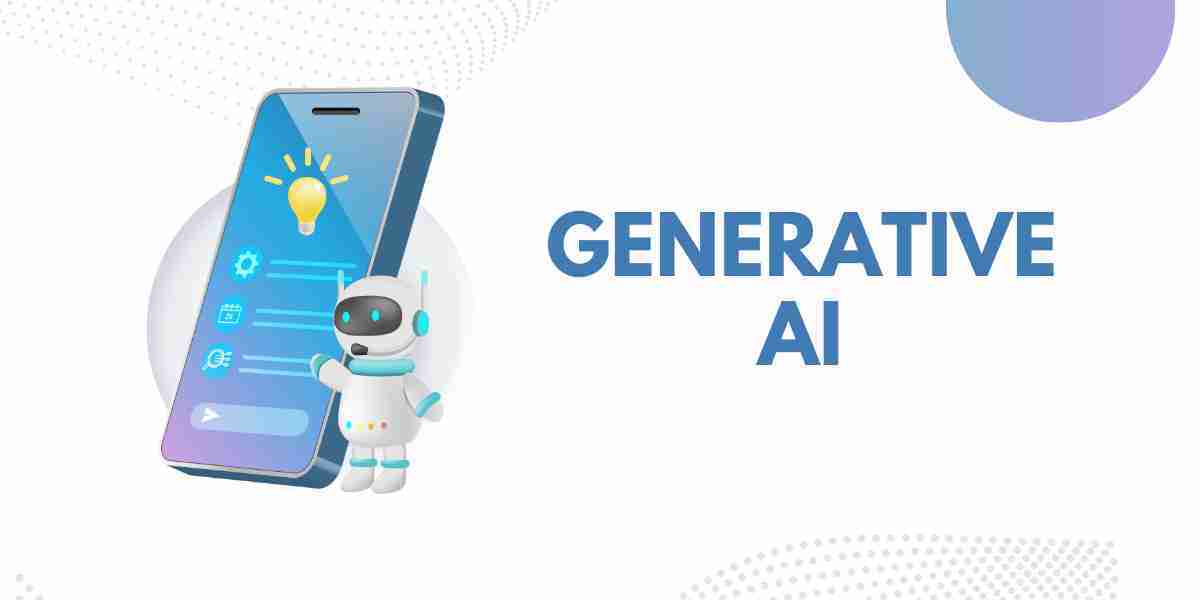Generative AI refers to models that create new content—text, images, audio, or even code—based on patterns learned from massive data sets. Instead of just analyzing or predicting, generative models produce outputs, often resembling something a human would create. Recognizing its potential, many businesses want to leverage its benefits, be it increasing efficiency or cutting costs.
If you, too, are looking to leverage the benefits of Gen AI, partnering with a Generative AI consulting company could be beneficial. However, to ensure a smooth project management, it is important to understand Gen AI technology at its core, including, real-world applications, technologies, and more.
How Generative AI Technology Works?
Generative AI systems are usually built on foundation models—large neural networks trained on a wide range of internet-scale data. Common architectures include:
- Transformer models (e.g., GPT, BERT, PaLM) for text
- Diffusion models (e.g., DALL·E, Midjourney) for images
- Autoencoders and GANs for structured data or hybrid use cases
Once trained, these models are fine-tuned or prompted to deliver relevant results in specific contexts.
Key Areas Where Generative AI Being Used
Generative AI isn’t industry-specific—it’s function-specific. It improves speed, scale, and consistency wherever repetitive or creative tasks exist.

Key Capabilities Developers and Teams Should Know
With the right implementation strategy, it can augment existing systems without adding risk or unnecessary complexity—and give your team a measurable edge in innovation.
1. Prompt Design Matters
The output depends on how you ask. Writing the right prompt becomes as important as writing the right logic. Context, clarity, and constraints make a difference.
2. Outputs are Probabilistic
Unlike rule-based systems, GenAI doesn't always return the same answer. It's designed to generate plausible outputs, not perfect ones—making clear constraints and review mechanisms essential.
3. APIs are Just the Starting Point
Plugging into OpenAI, Anthropic, or any GenAI service is simple—but effective deployment requires infrastructure for monitoring, version control, prompt tuning, and user feedback.
4. Customization Improves Relevance
Generic models work, but domain-tuned models perform better. Fine-tuning or embedding-based retrieval helps generate responses that are aligned with the business context.
5. There Are Limits
Generative AI can’t (yet) guarantee factual accuracy, handle confidential data securely out-of-the-box, or replace expert judgment. Treat it as a co-pilot—not an oracle.
Also Read: Generative AI: Transforming Digital Experiences
What to Watch For While Implementing Generative AI Solutions
While Generative AI technology is promising some excellent advancements in various areas, it still needs to be implemented with full caution since it is full of various concerns.

Final Thoughts
Generative AI changes the way we think about building and using software. It reduces the friction between users and systems, automates creative and repetitive work, and brings new value to data that would otherwise sit idle.
But its real strength lies in how it's applied—through careful prompting, domain-tuning, and integrating the right feedback loops. If you are thinking about building Generative AI-based solutions, it’s time to consider Generative AI consulting services.
For developers, architects, and enterprise teams, the opportunity is not just in what GenAI can generate but how it can reshape processes to be faster, more adaptive, and more user-centered.









